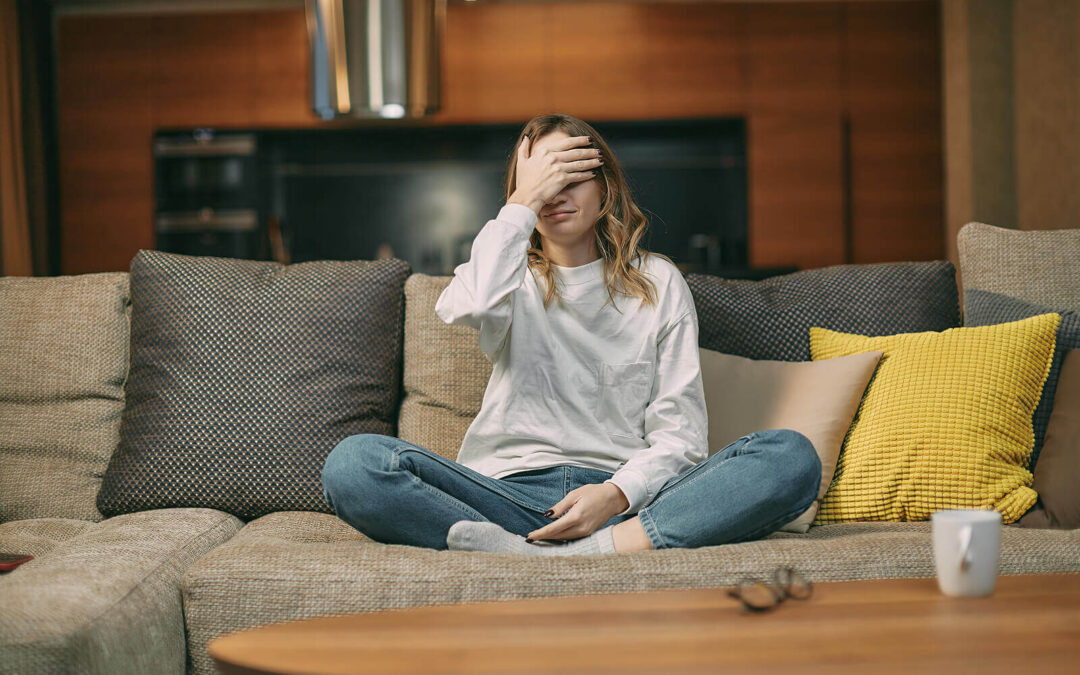In the digital age, social media has become an integral part of the lives of teenagers and young adults, offering a platform for self-expression, connection, and exploration. However, alongside its benefits, like the increase in access to friends and information, the pervasive influence of social media has raised concerns about its impact on mental health, particularly concerning body image, body dysmorphia, and the prevalence of disordered eating. This blog post delves into the connection between social media and poor body image, shedding light on the challenges faced by today’s youth and exploring potential strategies for navigating the digital world.
The Rise of Social Media and Its Impact
Social media platforms present curated, often idealized representations of individuals’ lives, creating a culture of comparison and competition. As we scroll through perfectly filtered images and carefully crafted narratives, we may experience feelings of inadequacy and develop unrealistic standards for beauty and body image. The drive to reach an unattainable appearance can contribute to the development of or heightened body dysmorphia, a mental health condition characterized by an obsessive focus on perceived flaws in physical appearance. Body dysmorphia can impact anyone of any gender, age, or body size. Often, with body dysmorphia or poor body image, the person will be almost unable to know what they truly look like. It can be as if they constantly look in a fun-house mirror that distorts their physical self. Body dysmorphia is different but closely connected to struggling with an eating disorder. You can experience body dysmorphia and not have an eating disorder. However, if body dysmorphia is left unchecked, it can lead to disordered eating and an unhealthy relationship with food.
Filters and the Idea of “Perfection”
One of the primary culprits behind the increase in poor body image on social media is the prevalence of image-editing tools. Filters and editing apps allow users to alter their appearance in photos, smooth out imperfections, enhance features, and create an unrealistic standard of beauty. As a result, individuals may feel pressure to conform to these digitally altered ideals, further amplifying body dissatisfaction and fostering a distorted self-perception. Often, on social media, we look at a highlight reel of someone’s life and appearance. However, we often see these images and videos and criticize why our lives, bodies, and appearances aren’t as “perfect” as a doctored image online.
The Impact of Likes and Comments
The social currency on many platforms is likes, comments, and shares. The validation and approval received from online interactions can significantly impact self-esteem and body image. Adolescents, whose self-esteem is still developing and are highly susceptible to external influences, often bear the brunt of the social media impact.
Influencers and Unrealistic Standards
With their massive followings and carefully curated content, social media influencers often play a significant role in shaping beauty standards. Many influencers promote unattainable beauty ideals for the average person, contributing to a sense of inadequacy among their followers. The constant exposure to these unrealistic standards can fuel body dysmorphia and contribute to a negative body image as individuals strive to emulate an aesthetic that may be unattainable or unsustainable.
Cyberbullying and its Toll on Mental Health
The dark side of social media includes cyberbullying, a pervasive issue that can have severe consequences for mental health. Individuals who already struggle with poor body image are more vulnerable to the adverse effects of online harassment. The anonymity offered by social media platforms can create a space for some individuals to make hurtful comments, worsening feelings of shame and self-consciousness.
Navigating the Social Media for Improved Mental Health
While the impact of social media on body image is undeniable, there are ways to navigate this digital landscape more mindfully:
- Promote Media Literacy: Encouraging media literacy education can empower young individuals to cautiously evaluate the content they see on social media and online. Teaching them to distinguish between reality and digitally altered images can help foster a healthier relationship with social media.
- Encourage Authenticity: Influencers and content creators can contribute to positive change by promoting authenticity. Sharing unfiltered, unedited images and discussing personal struggles promotes a more genuine and relatable online environment, promoting self-acceptance. Limiting who you follow on social media can help determine the doctored content we see online.
- Set Healthy Boundaries: Establishing boundaries for social media use is crucial. Encourage teens and young adults to limit their screen time, take breaks from social media, and prioritize real-world connections. Engaging in activities that promote self-esteem outside the digital world is essential for a well-rounded sense of self.
- Increase Positive Offline Connections: Building and maintaining solid in-person relationships can counterbalance the sometimes-isolating nature of social media. Healthy connections with friends and family provide a support system that extends beyond the digital world.
Social media’s impact on body dysmorphia and body image among teens and young adults is a prevalent, complex issue. While these platforms present challenges, they also offer opportunities for positive change. By fostering a culture of authenticity, promoting media literacy, and encouraging healthy offline connections, we can empower this generation to consciously navigate social media and cultivate a positive relationship with their bodies.

